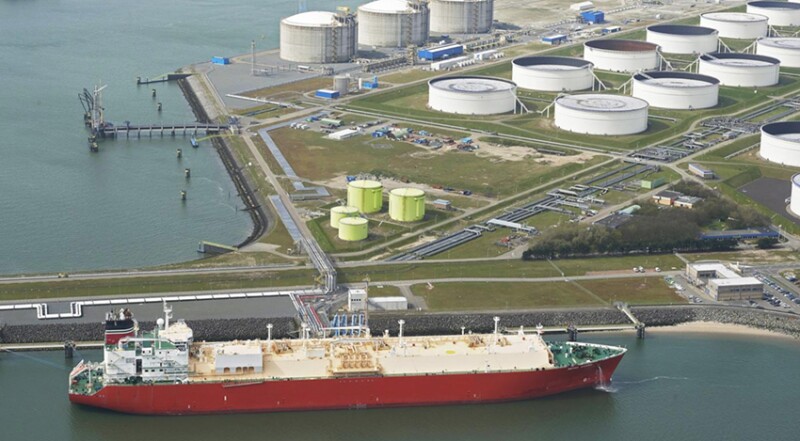Austria’s majority state-owned OMV oil, gas, and chemicals company has struck what it calls the country’s largest natural gas discovery in 40 years, announcing the find together with news of its having also signed a long-term sale and purchase agreement (SPA) with BP to supply up to 1 mtpa of liquefied natural gas (LNG) over a decade starting in 2026.
Under the SPA, BP will deliver LNG from its global portfolio to regasification facilities at the Gate LNG terminal in Rotterdam in the Netherlands where OMV holds regasification capacity, or through other terminals in Europe, the companies announced jointly on 28 July.
The same day, OMV also announced that it had confirmed a natural gas discovery at its Wittau Tief-2a exploration well that the company operates in Lower Austria that has been drilled to a depth of 5000 m over 5 months.
A preliminary evaluation indicated potential recoverable resources of approximately 48 TWh (28 million BOE), OMV detailed in a press release. If fully developed, the prospect could increase Austria’s natural gas production by 50%.
OMV is currently weighing options for further appraisal of Wittau Tief-2a and possible fast-tracking of its development in conjunction with the OMV-operated natural gas facility at the town of Aderklaa, some 10 km from the prospect.
Alfred Stern, OMV’s executive board chairman and CEO, said the discovery “marks a major contribution to the natural gas supply of our customers, especially in Austria.” Commenting further with respect to the BP deal, he said that diversification of supply from both “our own production and external sources from Norway as well as additional LNG volumes (is) one of OMV’s key priorities.”
OMV claims to be among the world’s mature field operators with the highest recovery rates, producing 30 to 60% of the available oil and up to 90% of the existing gas, depending on the reservoir, according to the company’s website. OMV attributes this to its use of the latest technologies in saltwater management, directional drilling, and enhancement of feed-pump service life.
OMV Gets More Gas Pipeline Access via Italy and Germany
In early July, OMV was awarded through annual auction additional European pipeline transport capacities of around 40 TWh per year for the period between October 2023 to September 2026, and around 20 TWh per year for the period between October 2026 to September 2028.
The border transfer points for the gas are at the towns of Oberkappel via Germany and Arnoldstein via Italy. These capacities, in combination with other alternative non-Russian gas sources, secure OMV’s supply obligations to its contract customers in the mid-term, OMV reported on 5 July in another news release.
Company CEO Alfred Stern told the Financial Times (FT) in an interview 4 days later, however, that despite appearing safe “in the midterm,” OMV will continue to buy most of its gas from Russia this winter under a “take or pay” contract the company signed with Gazprom in 2018.
That contract runs through 2040 and while Russian oil is subject to western sanctions, Russian gas is not sanctioned. In the FT interview, Stern observed that “eliminating certain sources will also drive price rises” and “there is an obligation we have as an industrial company to ensure that we use those sources as long as they are legally acceptable.”
Stern noted that Austria’s gas supplies from Russia were erratic in 2022, fluctuating between 20 and 70% of OMV’s monthly gas imports and that flows could end entirely in 2024 if Ukraine acts on its threat not to renew its pipeline transit agreement with Russia that expires next year.


